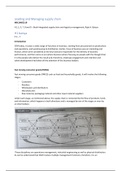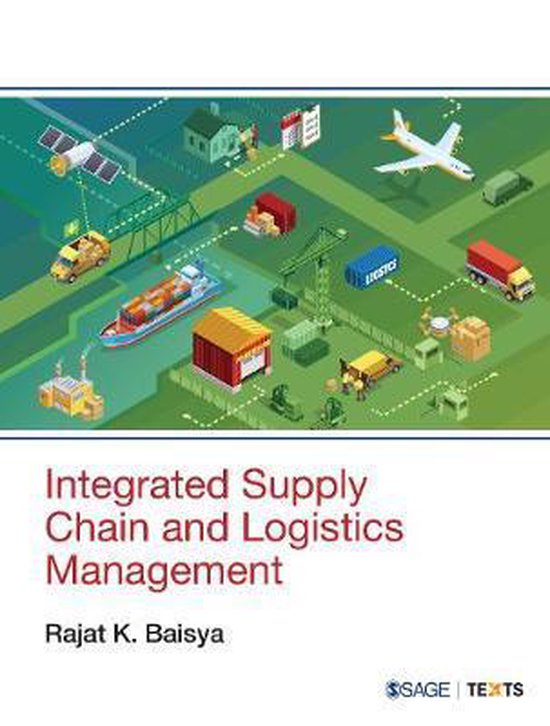Summary
Summary Blok 1 - Leading and Managing Supply Chain Book Baisya
- Course
- Institution
- Book
H1, 2, 5, 7, 8 and 9 – Book Integrated supply chain and logistics management, Rajat k. Baisya Outline module; "Leading and Managing Supply Chains is designed to provide students with in-depth knowledge and understanding of the skills, processes and techniques used to coordinate activities across...
[Show more]




